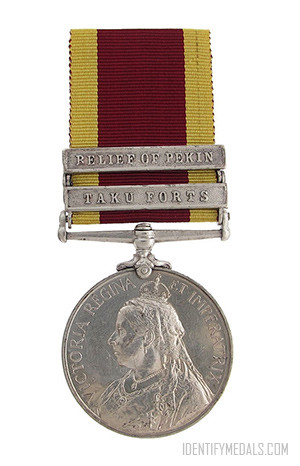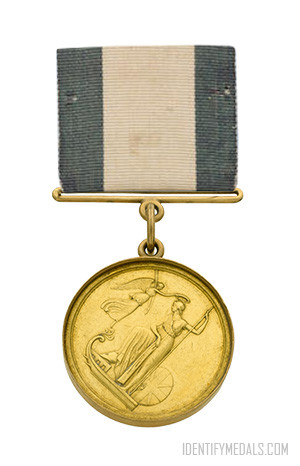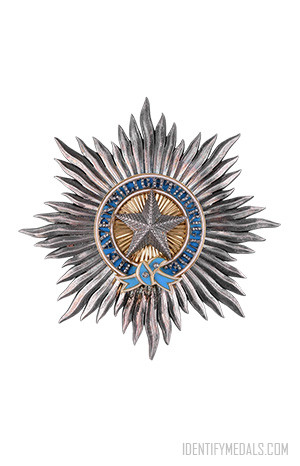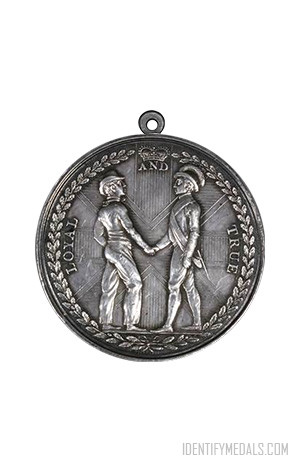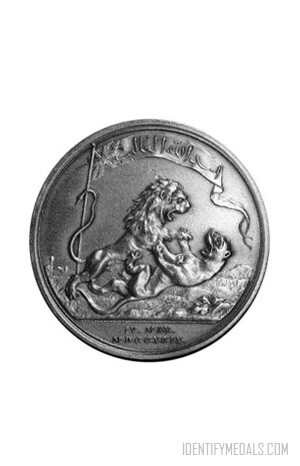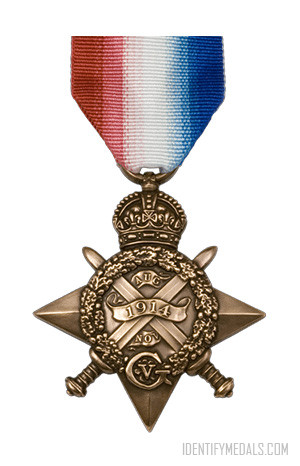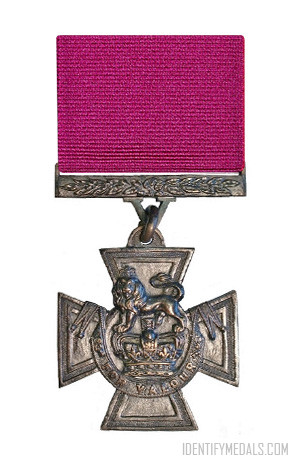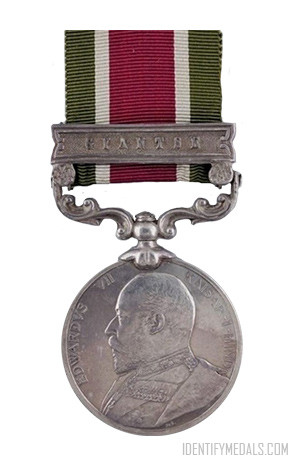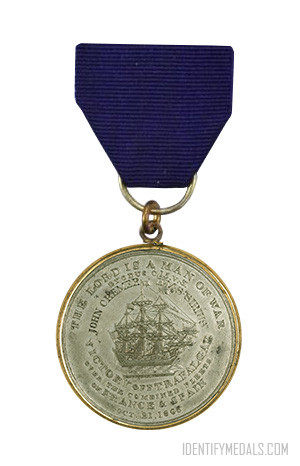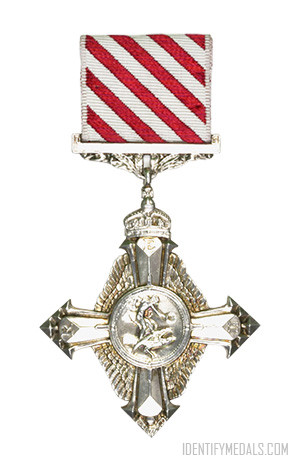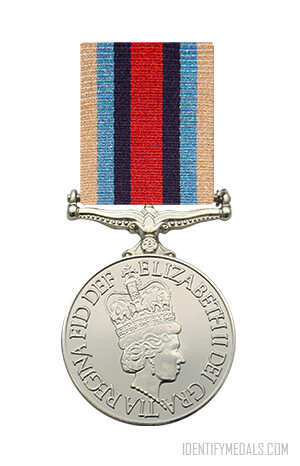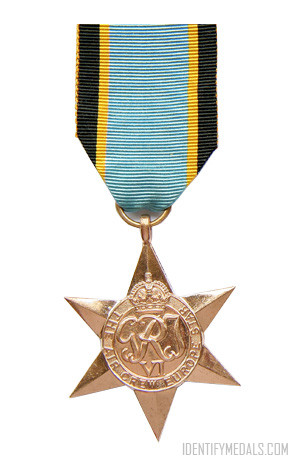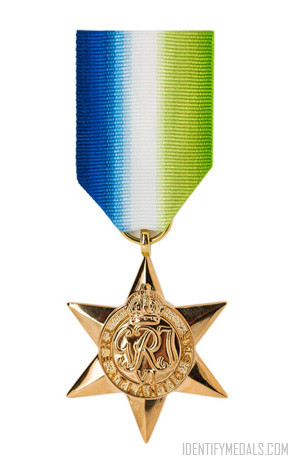- Time Period: Pre-WW1
- Year of Institution: 1st January 1902
- Country: Great Britain
The China War Medal 1900 was a British campaign medal issued to British and Indian land and sea troops who served during the Boxer Rebellion, between 10 June and 31 December 1900 and approved on 1 January 1902.
The medal could be issued without a clasp, or with one or more of the following clasps:
- Taku Forts: Awarded to Royal Naval personnel of the British contingent of the international fleet involved in the attack of the Taku Forts along the Peiho River on 17 June 1900.
- Defence of Legations: Awarded a total of 132 times to Royal Marines, the British Legation Guard drawn from several regiments and to civilian volunteers who aided the defence of the Legation Quarter in Peking for 55 days between 20 June and 14 August 1900.
- Relief of Pekin: Awarded to British and Indian army personnel and to men of the Royal Navy involved in the relief of the Legations in Peking between 10 June and 14 August 1900.
The medal was awarded to 555 naval personnel of the Colonial navies of Australia without a clasp: 256 men with the New South Wales Contingent, 197 with the Victorian, and 102 on the South Australian gunboat Protector.
The China War Medal Design
The medal was struck in silver for combatants and in bronze for native, namely Indian, bearers drivers and servants.
The obverse of the China War Medal shows a crowned and veiled effigy of Queen Victoria, facing left, with the legend “VICTORIA REGINA ET IMPERATRIX” around the upper perimeter. The reverse displays the same shield bearing the Royal Arms, with a palm tree and trophy of arms behind and the inscription ‘ARMIS EXPOSCERE PACIM’ above, as found on the First and Second China War Medals. ‘CHINA 1900’ appears in the exergue below.
The ribbon measures 1.25 inches (32 mm) and is crimson with wide yellow edges.

